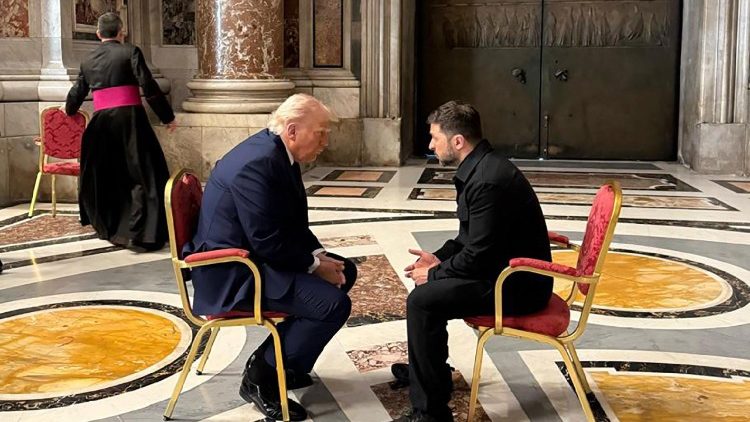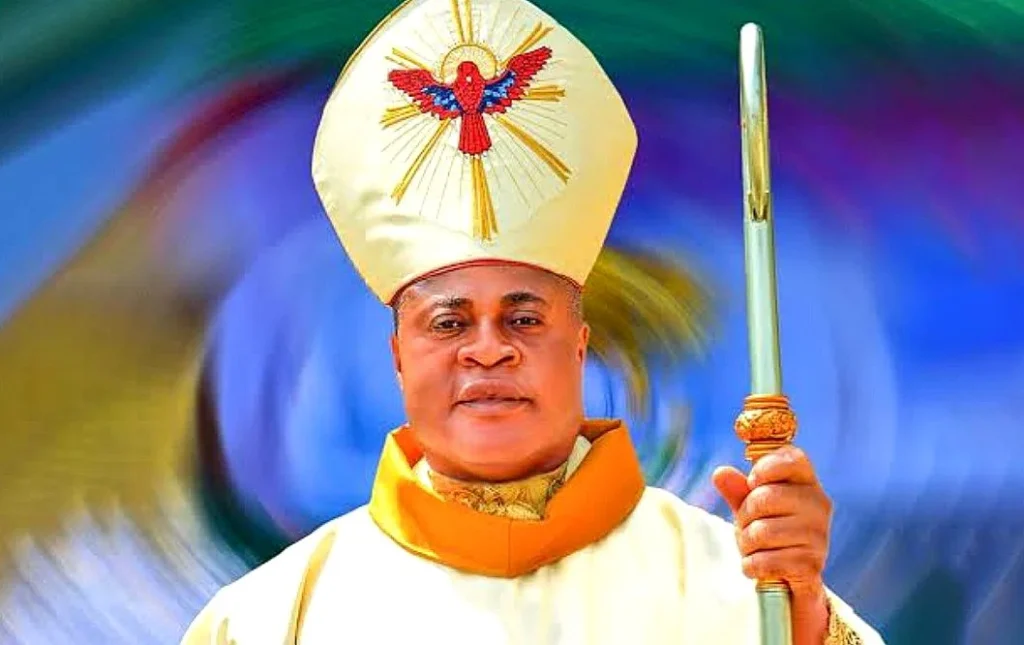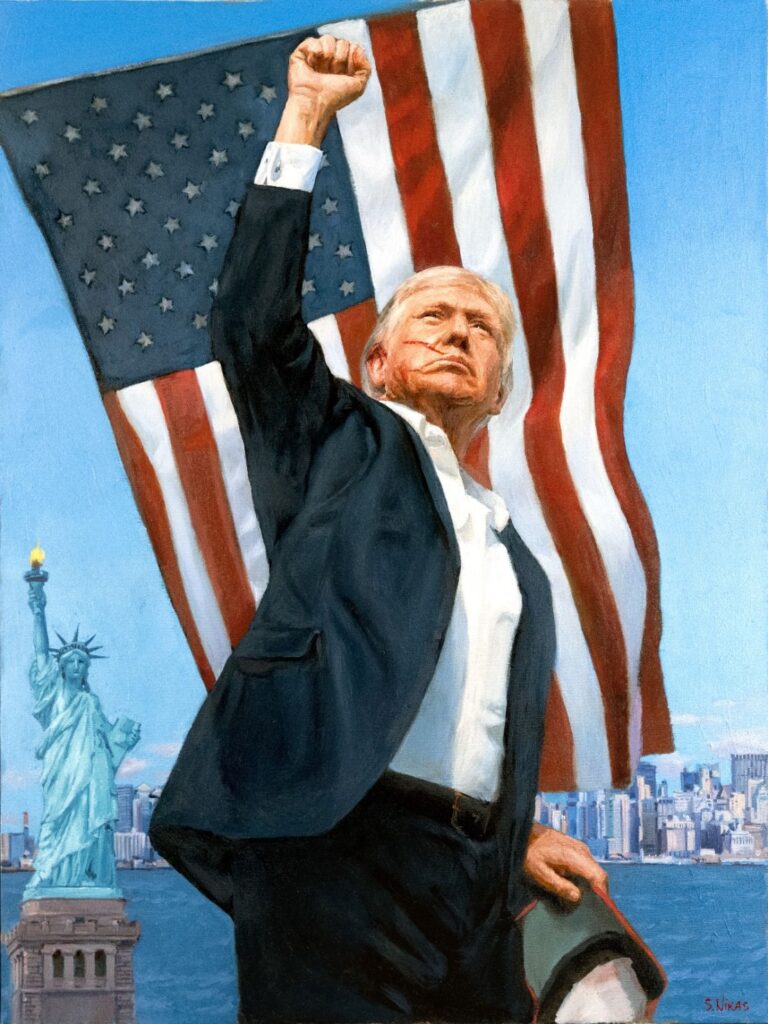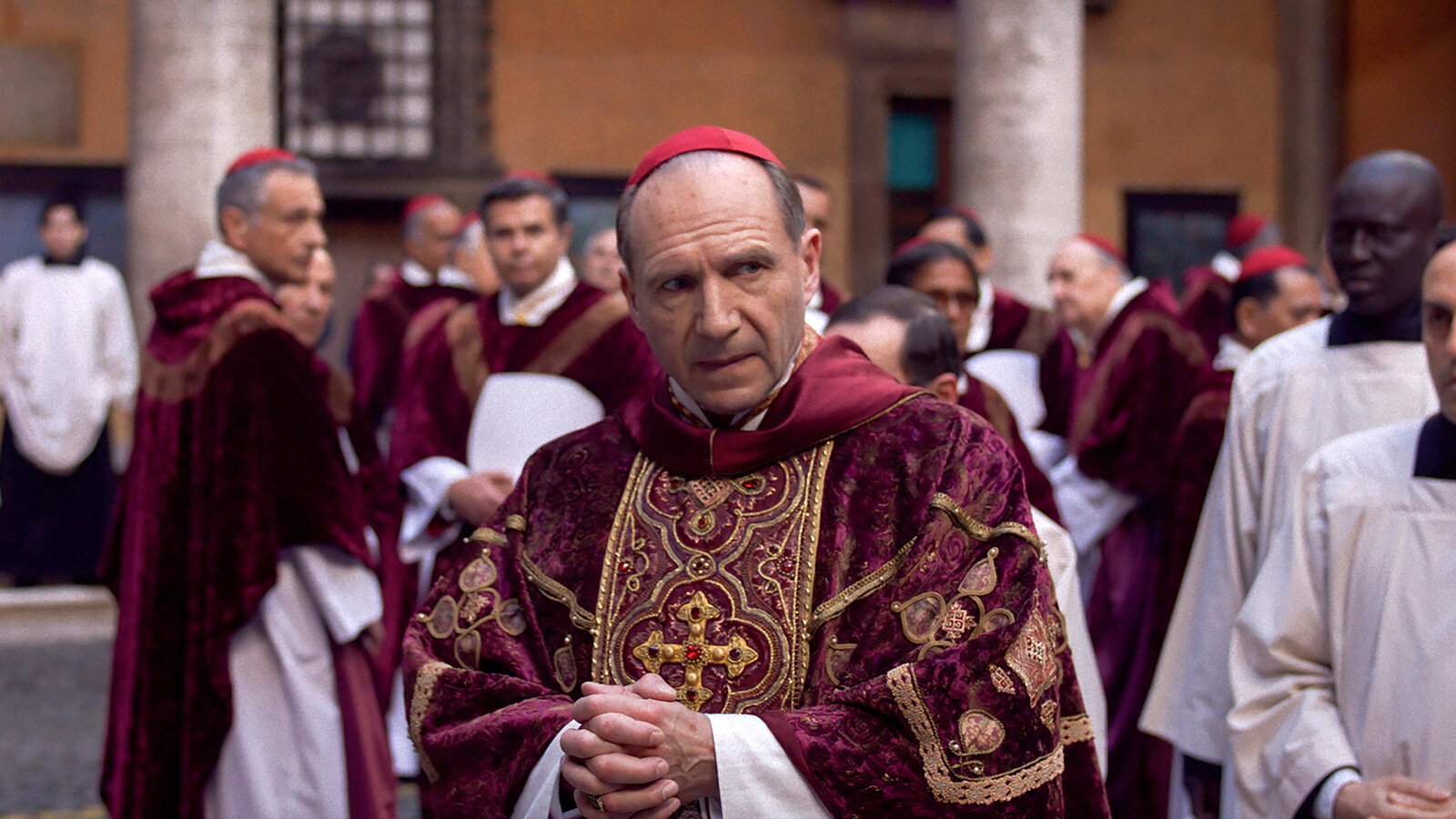Now Reading: Trump Orders Flags at Half-Staff Following Pope Francis’ Shocking Death
-
01
Trump Orders Flags at Half-Staff Following Pope Francis’ Shocking Death
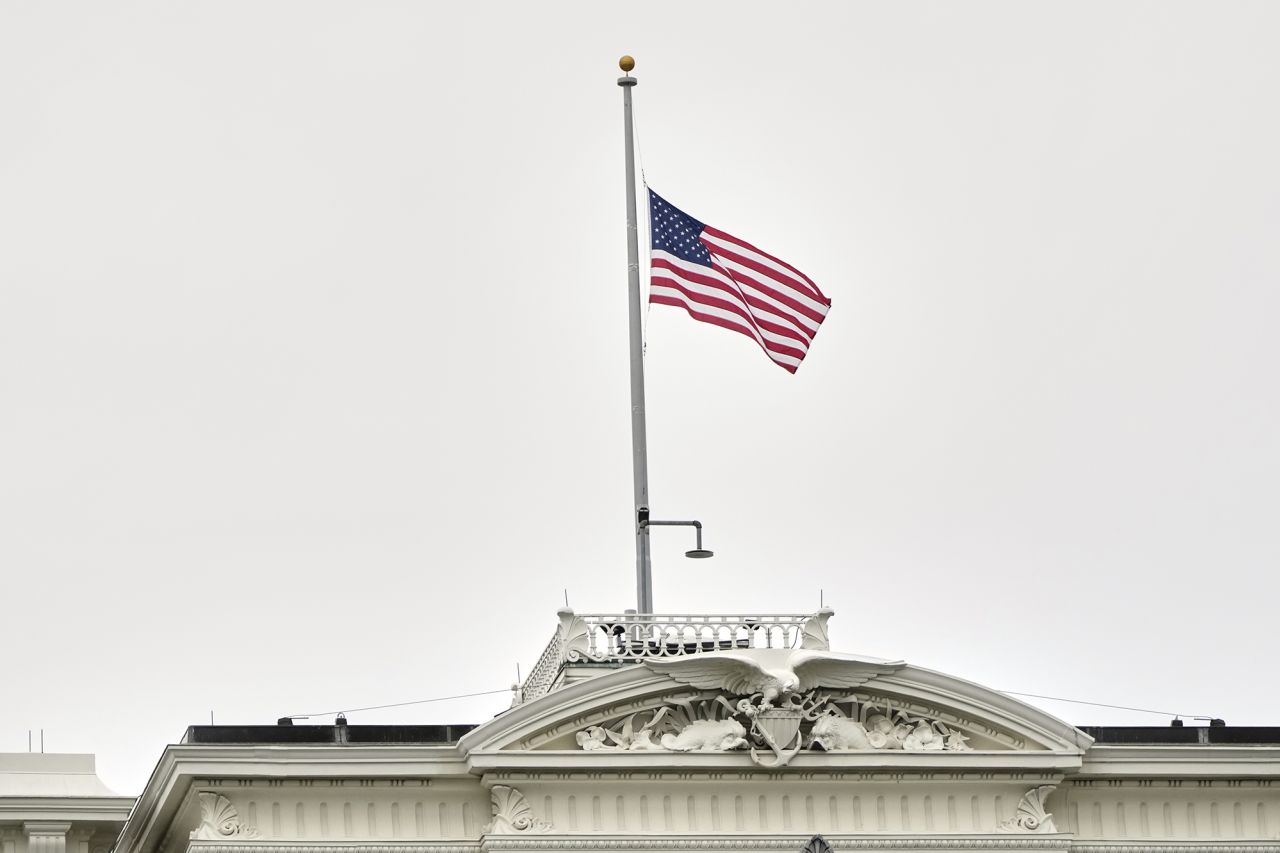
Trump Orders Flags at Half-Staff Following Pope Francis’ Shocking Death
Trump’s Solemn Tribute: Nation Mourns Pope Francis
In a significant display of national mourning, President Donald Trump has directed flags across America to be lowered to half-staff following the unexpected passing of Pope Francis on Monday. The presidential order comes as a profound mark of respect for the influential Catholic leader who touched countless lives worldwide.
The presidential proclamation extends beyond just government buildings in Washington, covering all federal properties, military installations, and naval vessels throughout the United States and its territories until the Pope’s interment ceremony.

White House Easter Event Continues Under Lowered Flag
Visitors to Monday’s traditional Easter Egg Roll at the White House witnessed the poignant contrast of festive celebrations taking place beneath the American flag flying at half-staff atop the executive mansion. The juxtaposition created a powerful visual reminder of the nation’s respect for the departed pontiff even amid scheduled holiday festivities.
Trump’s order further extends to American diplomatic and military facilities around the globe, demonstrating the international significance of Pope Francis’ papacy and the diplomatic relationship between the United States and the Vatican.

The Presidential Proclamation Details
The official proclamation, signed by Trump on April 21, 2025, invokes his presidential authority under the Constitution to order the lowering of flags. The document specifically mentions “His Holiness Pope Francis” and outlines the comprehensive scope of the tribute.
“I hereby order that the flag of the United States shall be flown at half-staff at the White House and upon all public buildings and grounds, at all military posts and naval stations, and on all naval vessels of the Federal Government,” the proclamation states, highlighting the breadth of the memorial gesture.
The flags will remain at half-staff until sunset on the day of Pope Francis’ interment, a date yet to be announced by the Vatican. This tradition of lowering flags represents one of America’s most visible forms of national mourning and respect for significant figures.

Historical Context of Presidential Tributes to Religious Leaders
Trump’s proclamation continues a tradition of American presidents paying formal respects to significant religious figures. Previous administrations have ordered similar tributes following the deaths of pontiffs, reflecting the diplomatic relationship between the United States and the Vatican that has evolved significantly since formal relations were established in 1984.
Pope Francis, known for his humility and focus on social justice issues, had met with President Trump during his earlier administration in a memorable Vatican encounter that captured global attention. The Pope’s progressive stances on various issues occasionally put him at odds with more conservative political positions.
Global Reaction to the Pope’s Passing
The pontiff’s death has triggered worldwide mourning, with leaders from various nations and faiths offering condolences and tributes. As the head of the Catholic Church with its approximately 1.3 billion followers globally, Pope Francis wielded significant moral influence that transcended religious boundaries.
Catholic churches across America are planning memorial services, while Vatican officials prepare for the elaborate funeral traditions that will culminate in the selection of a new pope through the conclave process. The papal succession process typically begins 15 to 20 days after a pope’s death.
Looking Ahead: America’s Continued Tribute
As funeral arrangements proceed at the Vatican, American flags will remain lowered in this visible symbol of national respect. Presidential historian James Bennett notes that “these formal gestures of mourning transcend political differences and recognize figures who have made significant impacts on world affairs and moral leadership.”
The White House has not yet announced whether President Trump or an official American delegation will attend Pope Francis’ funeral, though U.S. presidents have typically sent high-level representatives to papal funerals in modern times.
With flags flying at half-staff across the nation and at American outposts worldwide, the United States joins the global community in bidding farewell to a religious leader whose humility, compassion, and calls for peace resonated far beyond the Catholic Church.

